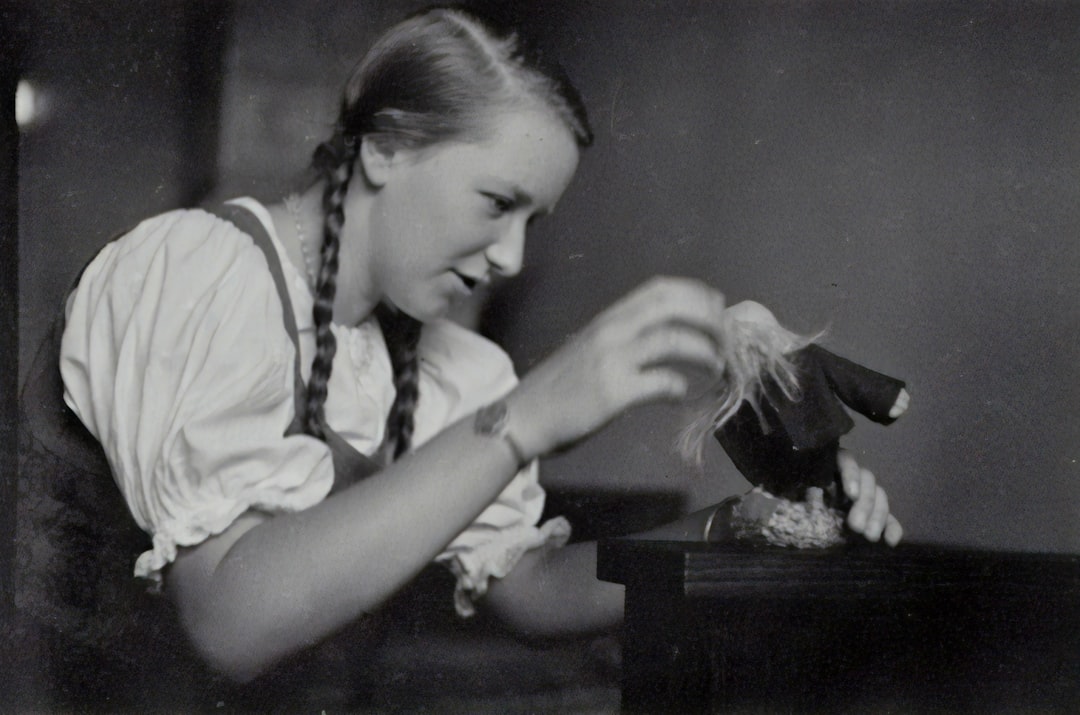
Private schools make up over 35% of all schools in Indonesia, and in some areas they outnumber
public schools. Koja, a particularly poor district in North Jakarta, is one of these areas—there are
86 private schools and 77 public schools. 51 of the 86 private schools in Koja are low-cost private
schools, which cater to children from low-income families. Regrettably, in Indonesia, this sector
has not yet received the public attention it deserves. Although private schools are part of the
people’s contribution to Indonesia’s national education, as mandated by the National Education
Law, the national discourse on education focuses almost entirely on public schools. It is time for
the public to recognize the important role that private education takes in serving low-income
households.
Between the end of the 1960s and the 1980s, low-cost private schools flourished in Koja—28
new schools were established and the local government’s initiatives and policies supported
the growth of private schools. Community participation was encouraged to serve people in
areas without public schools. In contrast, during the 1990s and 2000s, the number of new lowcost private schools established in Koja declined as a result of new regulation of the national
education system. In recent years, the government issued two regulations that prescribe
minimum requirements for school facilities and infrastructure (Ministry of National Education,
Regulations No. 24/2007 and No 40/2008). Requirements for a minimum area of land and
minimum building size hinder both the establishment of new and the expansion of established
low-cost private schools because there is little land available in built-up urban areas such as
Koja. These requirements should be revisited in order to create an environment that is more
conducive to helping private schools serve the poor.
Contrary to what many people assume, the quality of low-cost private schools is comparable
to other schools in the same area. Low-cost private schools in Koja have been accredited with
Grade A and Grade B by the National Accreditation Agency. School quality is also demonstrated
through numerous achievements in extracurricular activities in recent years. In other words,
parents send their children to these schools because of the perceived quality of the schools.
Unfortunately, these same parents are not yet encouraged to participate in school decisionmaking processes, and so they are not as involved in these processes as they could be. Parents
should be encouraged to participate in school decision making processes in ways that go beyond
the recently established regulation on the school committee (Ministry of Education and Culture
Regulation No.75/2016).



